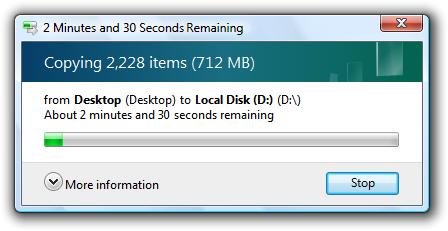

- #Samsung sidesync windows 10 gives empty warning dialog how to
- #Samsung sidesync windows 10 gives empty warning dialog full
Causes and fixes – The parameter is incorrect fixed in different situationsīefore getting into a further step, it might be good to briefly learn about Parameter.
#Samsung sidesync windows 10 gives empty warning dialog how to
Besides, changing a drive letter in Disk Management and Diskpart seems like to trigger the “The parameter is incorrect” error as well.įacing such a common error, it is important to figure out what caused the issue and how to get it fixed using corresponding solutions. For instance, the error appears when they try to transfer files from one location to another. Some users say they get the error under some other circumstances in Windows 10.

When they try to open a drive on the external drive after connecting it to Windows 10, the error message box would prompt out as below: Location is not available. The cause for that error is various, so does the situation.Ī majority of Windows 10 users say they get the error on external hard drive such as Seagate external hard drive and Western Digital external drive. As a matter of fact, that is an error that frequently occurs in Windows 11, 10, 8, 7, XP and Vista. Many a user report that they get an error message in Windows 10 that is “The parameter is incorrect”. If you need the flexibility that comes with rsync then you should probably use one of the synchronisation programs available, or even a source control mechanism.The error – The parameter is incorrect in Windows 10 The autoloader I used loaded all of the files and produced fatal errors as it couldn't find some of the class files referenced in the old files. This caused me some problems recently when I changed some filename and locations and then used xcopy to copy a plugin from my localhost to a server. It isn't as sophisticated as rsync so if you rename or delete files from your source directory, they won't be changed in your destination directory. xcopy c:\mysourcedirectory c:\mydestinationdirectory /D /I /E /F /Y /H /R Sometimes you might want to force all files to be copied, regardless of their creation time, in which case you can just run the xcopy command without the /D flag. To remove this server directory just use the command popd, which will remove the last network drive you mapped. On a side note, if you try to cd to a server folder in Windows you will see the error "CMD does not support UNC paths as current directories", in which case use the above command to stop this error. You can now treat the network folder as a local drive and cd around it. Essentially, it goes backwards through the alphabet to find a drive letter that it can use. When you run this command you will be moved to a new directory letter that your system designates. If you want to create a temporary local drive for a server directory then you can use the pushd command. To sync with a remote server can just use a server address and directory name as the destination directory: xcopy c:\mysourcedirectory \\myserver\mydestinationdirectory /D /I /E /F /Y /H /R To sync files from one directory to another you can use xcopy like this: xcopy c:\mysourcedirectory c:\mydestinationdirectory /D /I /E /F /Y /H /R
#Samsung sidesync windows 10 gives empty warning dialog full
The /F flag is also useful for testing (and probably peace of mind) as it displays full source and destination names while copying.


/Y - Supresses prompting to confirm you want to overwrite and existing destination file./E - Copies directories and subdirectories, including empty ones./I - If destination does not exist and copying more than one file assumes that destination must be a directory.If no date is given, copies only those files whose source time is newer than the destination time. /D - Copies files changed on or after the specified date.There are a few flags available (use xcopy /? to see them all) but you will probably only want to use the following: The default action of this program is to copy a file or directory from one place to another, but you can give it flags to tell it to sync the files. To sync files using the Windows command line you will need to use the xcopy command.


 0 kommentar(er)
0 kommentar(er)
